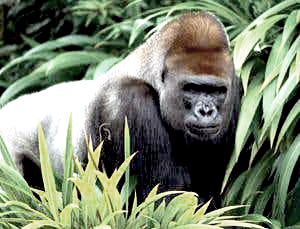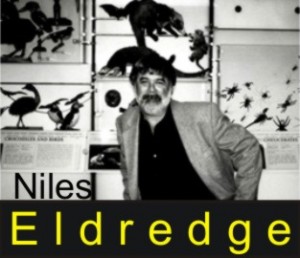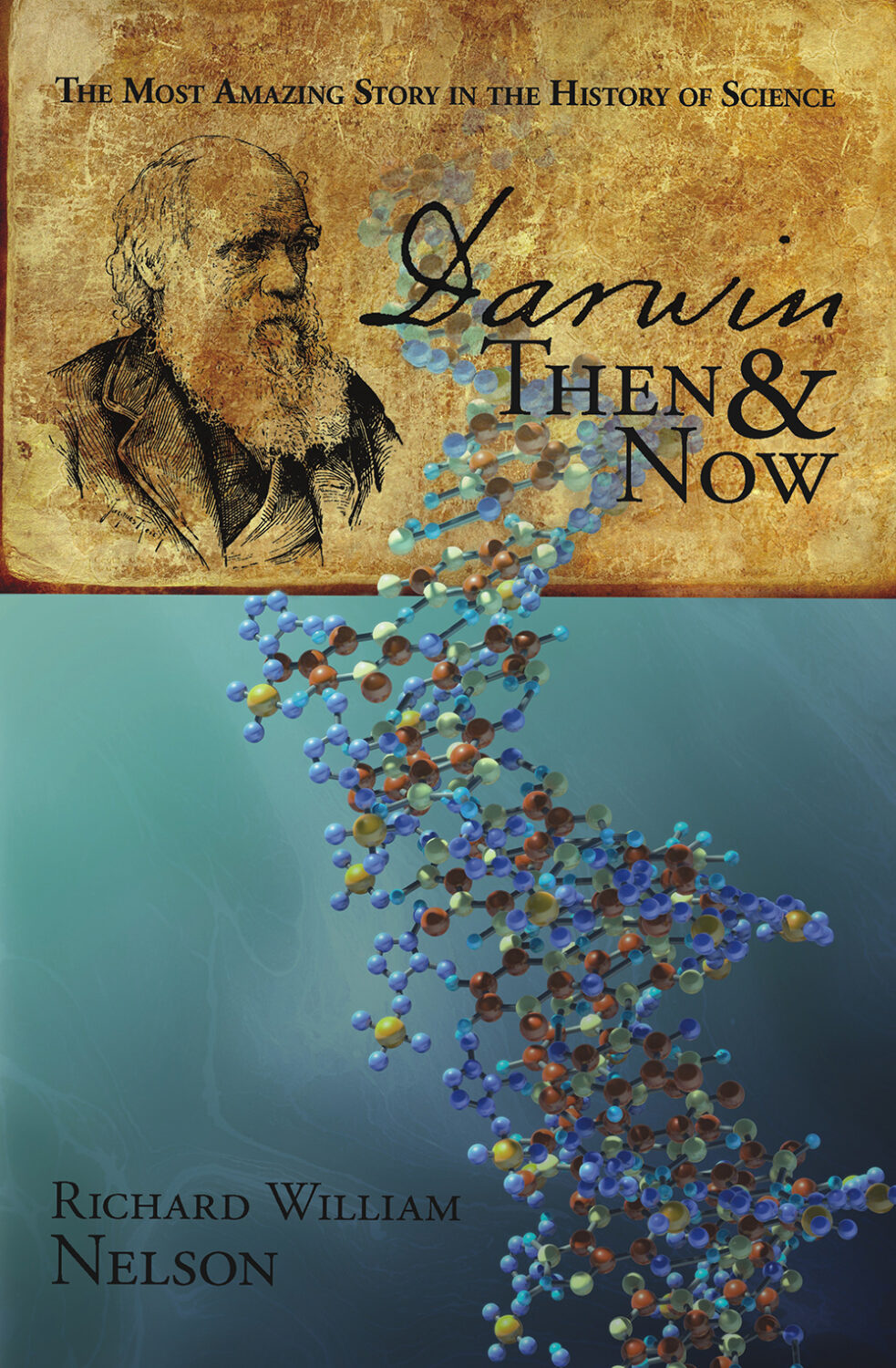by Richard William Nelson | Jul 24, 2012
 Deciphering evidence for sea star evolution has long intrigued biologists. To explore speciation between two similar-looking sea stars, Jonathan Puritz (pictured below) of the Institute of Marine Biology at the University of Hawaii coordinated a research team to correlate the genetic and geographic differences between two Coral Sea species.
Deciphering evidence for sea star evolution has long intrigued biologists. To explore speciation between two similar-looking sea stars, Jonathan Puritz (pictured below) of the Institute of Marine Biology at the University of Hawaii coordinated a research team to correlate the genetic and geographic differences between two Coral Sea species.
The team’s report, entitled “Extraordinarily rapid life-history divergence between Cryptasterina sea star species,” was published last week in the Proceedings of the Royal Society.
Continue Reading
by Richard William Nelson | Mar 13, 2012
 The “Insights into hominid evolution from the gorilla genome sequence” report, published by the British journal Nature this last week, stands as a historical milestone in the study of human origins, sequencing the gorilla genome.
The “Insights into hominid evolution from the gorilla genome sequence” report, published by the British journal Nature this last week, stands as a historical milestone in the study of human origins, sequencing the gorilla genome.
Aylwyn Scally (pictured right below) at the Wellcome Trust Sanger Institute led the research team to complete the gorilla genome sequence project, the last genus of the living great apes to have its genome decoded. The use of gorilla genome sequences, Scally explains –
“Will promote a deeper understanding of great ape biology and evolution.”
The findings change the evolution narrative.
Continue Reading
by Richard William Nelson | Jul 19, 2010
 In The Origin of Species, Charles Darwin wove the eugenic philosophy of Plato into the theory of natural selection. By arguing that “extinction and natural selection go hand in hand,” Darwin legitimized the eugenics movements of the 20th century.
In The Origin of Species, Charles Darwin wove the eugenic philosophy of Plato into the theory of natural selection. By arguing that “extinction and natural selection go hand in hand,” Darwin legitimized the eugenics movements of the 20th century.
Eugenics originated in ancient cultures. Rome, Athens, and Sparta practiced eugenics to improve the strength and survival of their societies. Encouraged by his brother, Erasmus, Darwin read An Essay on the Principle of Population by Thomas Robert Malthus, an English political economist, in 1838.
Continue Reading
by Richard William Nelson | Jul 11, 2010
 Natural selection is a simple scientific theory, according to the American Museum of Natural History, New York. For the museum’s Darwin Exhibit, the museum curator, Niles Eldredge, explains:
Natural selection is a simple scientific theory, according to the American Museum of Natural History, New York. For the museum’s Darwin Exhibit, the museum curator, Niles Eldredge, explains:
“A century and a half ago, Charles Darwin offered the world a single, simple scientific explanation for the diversity of life on Earth: evolution by natural selection.”
“Natural selection.” Eldredge explains, “is a simple mechanism that causes populations of living things to change over time.”
Continue Reading
by Richard William Nelson | Jun 27, 2010
 Faced with the failure of the Stanley-Urey model to explain the origin of life, evolutionary scientists have been exploring the RNA World theory. With only the four nucleic acids required to form RNA (pictured left) rather than the twenty amino acids to form a protein, the chance probability tipped the advantage to the RNA-first theory, but that is not all.
Faced with the failure of the Stanley-Urey model to explain the origin of life, evolutionary scientists have been exploring the RNA World theory. With only the four nucleic acids required to form RNA (pictured left) rather than the twenty amino acids to form a protein, the chance probability tipped the advantage to the RNA-first theory, but that is not all.
In The Ancestor’s Tale: A Pilgrimage to the Dawn of Evolution, Richard Dawkins explains –
“This is the RNA World. To see how plausible it is, we need to look at why proteins are good at being enzymes but bad at being replicators; at why DNA is good at replicating but bad at being an enzyme; and finally why RNA might just be good enough at both roles to break out of the Catch-22.”
Continue Reading
 Deciphering evidence for sea star evolution has long intrigued biologists. To explore speciation between two similar-looking sea stars, Jonathan Puritz (pictured below) of the Institute of Marine Biology at the University of Hawaii coordinated a research team to correlate the genetic and geographic differences between two Coral Sea species.
Deciphering evidence for sea star evolution has long intrigued biologists. To explore speciation between two similar-looking sea stars, Jonathan Puritz (pictured below) of the Institute of Marine Biology at the University of Hawaii coordinated a research team to correlate the genetic and geographic differences between two Coral Sea species.
 The “Insights into hominid evolution from the gorilla genome sequence”
The “Insights into hominid evolution from the gorilla genome sequence” 
 Natural selection
Natural selection Faced with the failure of the
Faced with the failure of the 